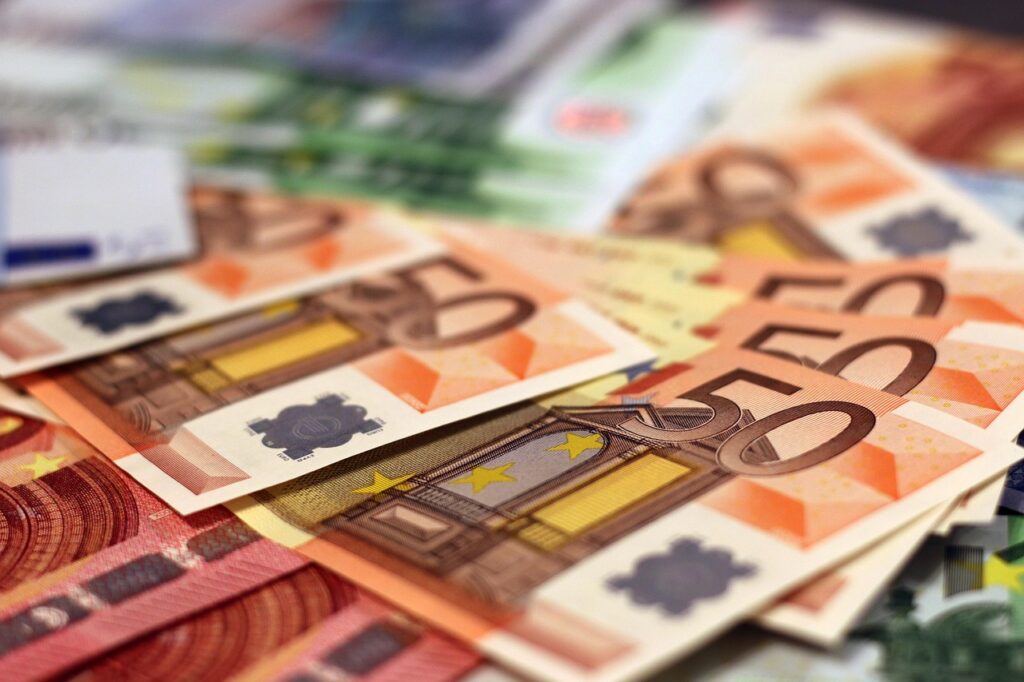Always on December 6
The excitement when St. Nicholas comes is part of childhood and dressing up as St. Nicholas is part of adulthood. But where does the custom come from? Which countries celebrate it? What’s the difference between St. Nicholas and Santa Claus? Here are some amazing facts about St. Nicholas Day.
But who actually is St. Nicholas?
The figure of Nicholas is probably based on two historical figures: Bishop Nicholas of Myra, from the 4th century, and Abbot Nicholas of Sion, who lived about 200 years later. Both lived on the coast of Lycia in what is now Turkey.
The Bishop Nicholas of Myra
Nicholas of Myra was born to wealthy parents in the port city of Patara. When he inherited after their death, he generously distributed his wealth among the poor, sick and needy. He died between 345 and 351, probably on a December 6.
Since when has St. Nicholas Day existed?
The custom has its beginning in the Middle Ages. Because St. Nicholas was considered the patron saint of children and schoolchildren, monastery students were allowed to elect a children’s bishop among themselves on December 6, who could also give adults a piece of his mind during this day.
Legends
According to traditions, St. Nicholas is not only a benefactor of children. He is also said to have helped three virgins to marry by giving three golden apples to their impoverished father, who could not raise a dowry.
Not only Austrian children wait for St. Nicholas
The St. Nicholas tradition is particularly strong in Luxembourg. The children have no school and can enjoy the gifts that Kleeschen brings them all day. It is customary to give Kleeschen something as well: a plate of cookies and some hay for his donkey.
Holland
In the Netherlands, Sinterklaas comes on the night of December 5-6, on what is called Parcel Night. But as befits the country of seafarers, he arrives here by ship as early as mid-November.
Today shoes or stockings, in former times ships
In the past, it was probably customary for children to make paper ships so that St. Nicholas could put his presents inside. The reason: he is considered the patron saint of sailors because, according to legend, he saved shipwrecked people from a storm.
Austria
In Austria, St. Nicholas appears with his feared companions: the Krampuses Naughty children should beware of them.
Romania
In Romania, Moş Nicolae puts an apple tree rod in the shoe of naughty children. If you put this rod in water and it starts to blossom by Christmas, Moş Nicolae has forgiven them.
Switzerland
The Swiss call him Samichlaus and his Knecht Ruprecht threatens the naughty children with putting them in his sack.
St. Nicholas or Santa Claus: please don’t confuse them
European emigrants, especially from the Netherlands, brought the Santa Claus custom to the United States. So it happened that there Santa Claus now brings the presents at Christmas. St. Nicholas became Santa Claus.
Fairy tale and marketing figure
His red robe and white beard, which are also typical of Santa Claus today, were given to him by a Coca Cola advertising campaign in 1931. The idea that the generous gift-giver travels by reindeer sleigh also comes from the USA.
In Finland you can visit him every day
In Finnish Lapland, in Rovaniemi, there has been the so-called Santa Claus Village since 1950. It advertises that you can see Santa Claus there every day. For the Finns, their ‘Joulupukki’ is the one and only. But he is Santa Claus and he brings the presents on Christmas Eve. On December 6, Finland celebrates its Independence Day, not Santa Claus!
This year with mask
Whether Santa Claus or Santa Claus, this year we will probably see many of them wearing masks.
— source: zeleb.es/picture: Photo by Rod Long on Unsplash
This post has already been read 1115 times!



